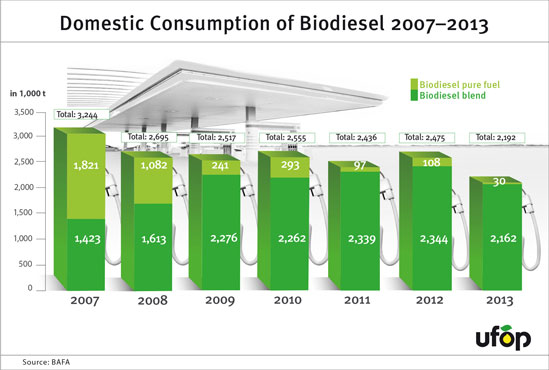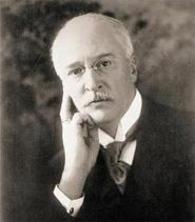March Madness is upon us. For those not living in the United States, it’s the two weeks where college men and women’s basketball teams battle it out on the court until the last team is standing and crowned champion. Now that the NCAA teams have been announced and the brackets determined, people are filling out their official tournament forms with hopes of also being the last one standing (this assures bragging rights for one year).
This year, the Americans United for Change has released its own version of March Madness: the 1st Annual Environment Protection Agency (EPA) Renewable Fuel Standard Elimination Tournament. Jeremy Funk, communications director, notes that there is only one possible upset in this tournament and its a long shot and that is the renewable energy industry coming out the victor. He says “everyone knows the fix is in at this tournament if the EPA ejects the RFS and guarantees victory for 1st seed team Big Oil over the 16th seed team, The American Consumers”.
 The EPA is currently reviewing more than 100,000 comments submitted in response to its 2014 proposed Renewable Fuel Standard (RFS) – an energy policy designed to reduce the use of imported oil while also reducing greenhouse gas emissions.
The EPA is currently reviewing more than 100,000 comments submitted in response to its 2014 proposed Renewable Fuel Standard (RFS) – an energy policy designed to reduce the use of imported oil while also reducing greenhouse gas emissions.
“Big Oil has been working the refs in Washington for decades, complaining they need billions of dollars in taxpayer subsidies, even when they’ve got $100 billion in profits on the scoreboard,” added Funk. “Now the oil industry has a full court press on Washington to once again rewrite the rules in their favor by ejecting the cleaner, cheaper renewable fuels competition from the game. Without a strong Renewable Fuel Standard promoting healthy competition, Big Oil would be free to give consumers the Bobby Knight treatment at the pump.”
He says he is confident that when the EPA’s referees review this call, they’ll see the RFS has been an incredible Cinderella Story for rural communities when it comes to creating jobs, income and opportunity.
Funk concluded, “They’ll see the RFS has meant our troops have has been playing stronger D by reducing our dependence on oil from unstable regions overseas. They’d see the RFS has been a slam dunk for innovations in cleaner burning, next generation renewable fuels to combat climate change. We’re confident in the end, the EPA will reverse this terrible call and make Big Oil play fair for a change.”










